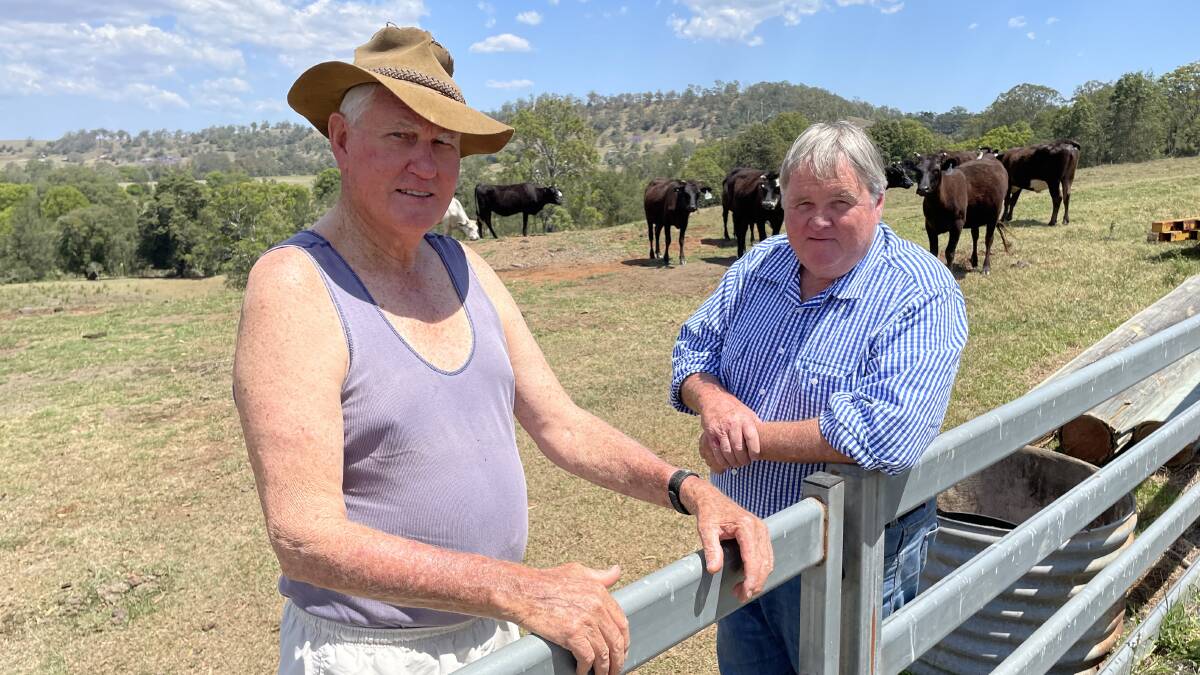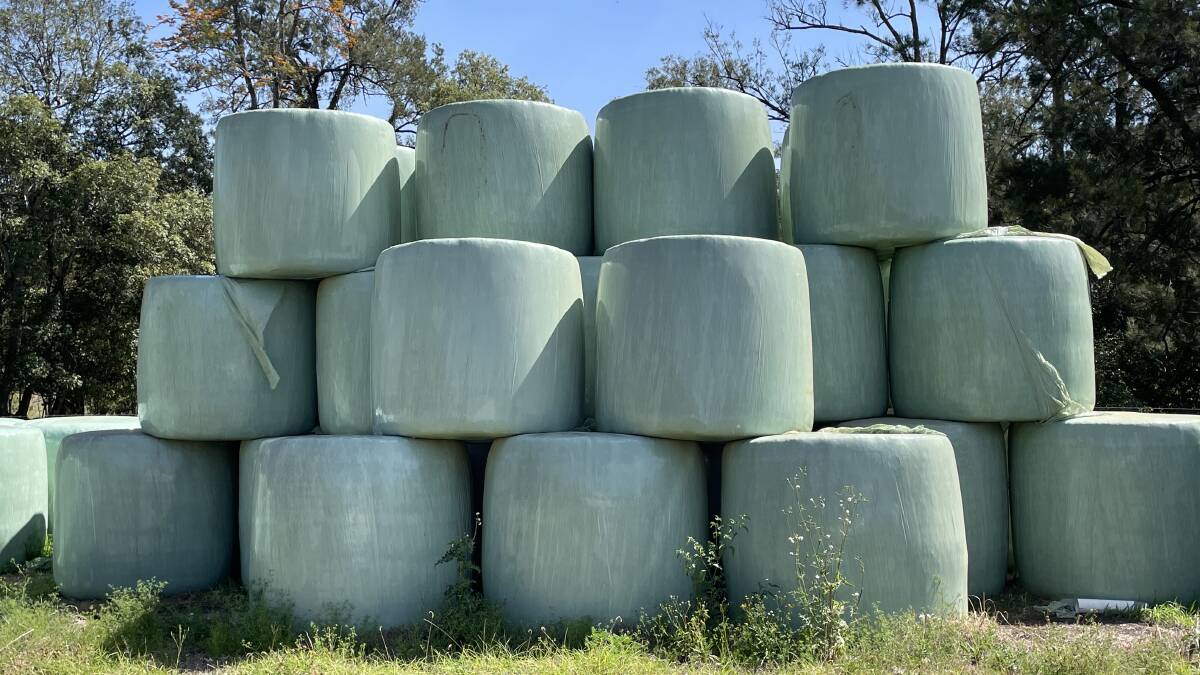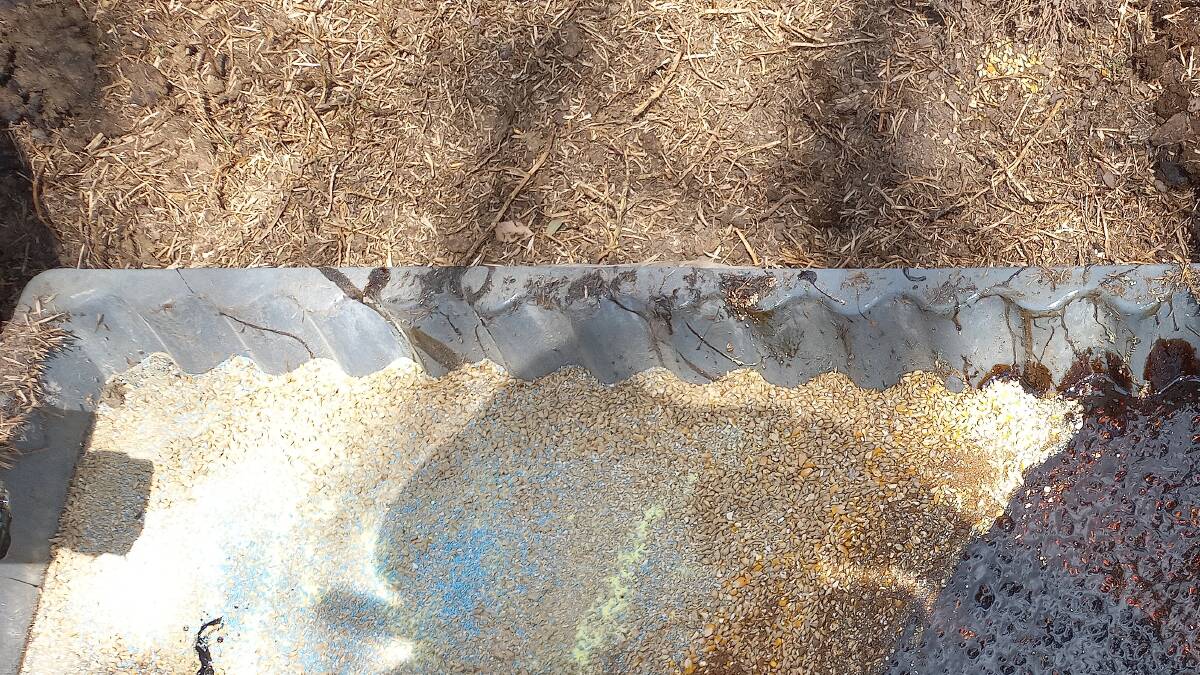
While the southern districts are looking to make hay, the North Coast is looking for it, after a sharp decline in growing conditions has thrust producers into drought - and a bit of panic when it comes to buying hay.
Subscribe now for unlimited access to all our agricultural news
across the nation
$0/
(min cost $0)
or signup to continue reading
"Work through your feed plan with research and diligence," advises Feed Central managing director Tim Ford. "Work with a nutritional expert and be careful with how you mix ingredients in a ration."
He alluded to a cocktail of ingredients that have raised the price of feed, with high demand - increased by China's renewed acceptance of Australian hay - and low supply of quality feed.

"Almond hulls are unobtainable, cotton seed is at a crazy price and almond hulls are virtually unobtainable," he said, noting that the recent rain event in the south spoiled some hay, and further reduced potential acreage with grain growers now progressing to harvest, rather than cutting for hay.
An abundance of low quality hay remains on the market from last year and Norco field officer and local Land Services director Bruce Lyle warns buyers to be aware
Mr Lyle breeds stud Angus at Ellangowan, right in the middle of intense drought, south of Casino - which experienced its steepest decline in rainfall, soil moisture and plant growth in 40 years of recordings.
"We just have to hang on for the next little while. Things are so variable," he said. "Lismore recently had 100mm while we had two spits."
The combination of flooded paddocks and months of gray skies compromised soil biology and when the tap turned off everything went to sleep. Consequently the district had trouble making hay and now there is little of it around.
Cheaper Queensland feed is threatened with red fire ants while oaten hay from the southern districts is dearer than it was in 2019, with a B-Double load costing $28,000.
"At the moment we are paying high prices for second and third grade rubbish," he said. "Meanwhile new-season hay is selling for just a shade dearer, so we are hoping as it comes on the market that will push the price for third grade roughage down by half."
Mr Lyle said poor quality hay on its own would not maintain stock, let alone see them grow for production.
The current crop on the market typically presents with 75 per cent non digestible fibre where as new season vetch is about 35-40pc NDF, or twice as digestible.
"People need to look at their feed test," he said, highlighting a recent case where a load of "wheaten hay" was actually failed crop with nutritional value "no better than stubble" at 70pc NDF.
"Producers need to look at the nutrient value of the hay they are bringing in," he said. "We need to buy nutrient, not fibre."
Paul Lawrence, Five Day Creek on the Macleay, is feeding supplement to Hereford cows with a family recipe passed down through generations of beef farmers.
His country has enough dry feed despite a 25 inch difference in annual rainfall compared to last year, but his cattle require supplements: Along with the bulk of crushed barley and corn he adds copra meal, cheaper than cotton seed or "brown gold", sulfer, salt, copper and molasses.
"Then I put it all in a trough and mix it up with a bamboo stick until it is a paste," he says.

"I keep the urea out, and feed that to them separately as loose lick. That way they can better manage their own intake."
Diversified farmer Paul Fleming, with property at Yorklea south of Casino - in that bad rain shadow - has been feeding weaner steers since June with farm-grown feed.
What could have been a year of setbacks, in which the barley had just 15mm of in-crop moisture and canola pods wouldn't fill, has ended somewhat softer with steers that would have brought $400 in the saleyards have been consigned for $1200 at less than 12 months old.
Their ration includes the barley mixed with corn oats and silage. In the past that fermented feed has been made from rice straw. This year it will be from canola.
"It helps when you can value-add," said Mr Fleming. "But you've got to invest in infrastructure and machinery."
At Kyogle a green drought provides enough dry matter for a pen of opportunity cattle - Wagyu cows in calf. The little partnership, between rural agent Mike Smith and retired cattleman Athol McQueen, took a punt on the pen in the face of a drying season and an uncertain market.
The feed program has been left to Mr McQueen, who for the moment is content to give his cows only molasses lick.
The champion boxer is no stranger to hay. In training for the 1964 Tokyo Olympics - where he was the first to put Joe Frazier on the mat - the young contender man-handled 1300 bales in a single day. He was harvesting it at the time, not feeding it out.

